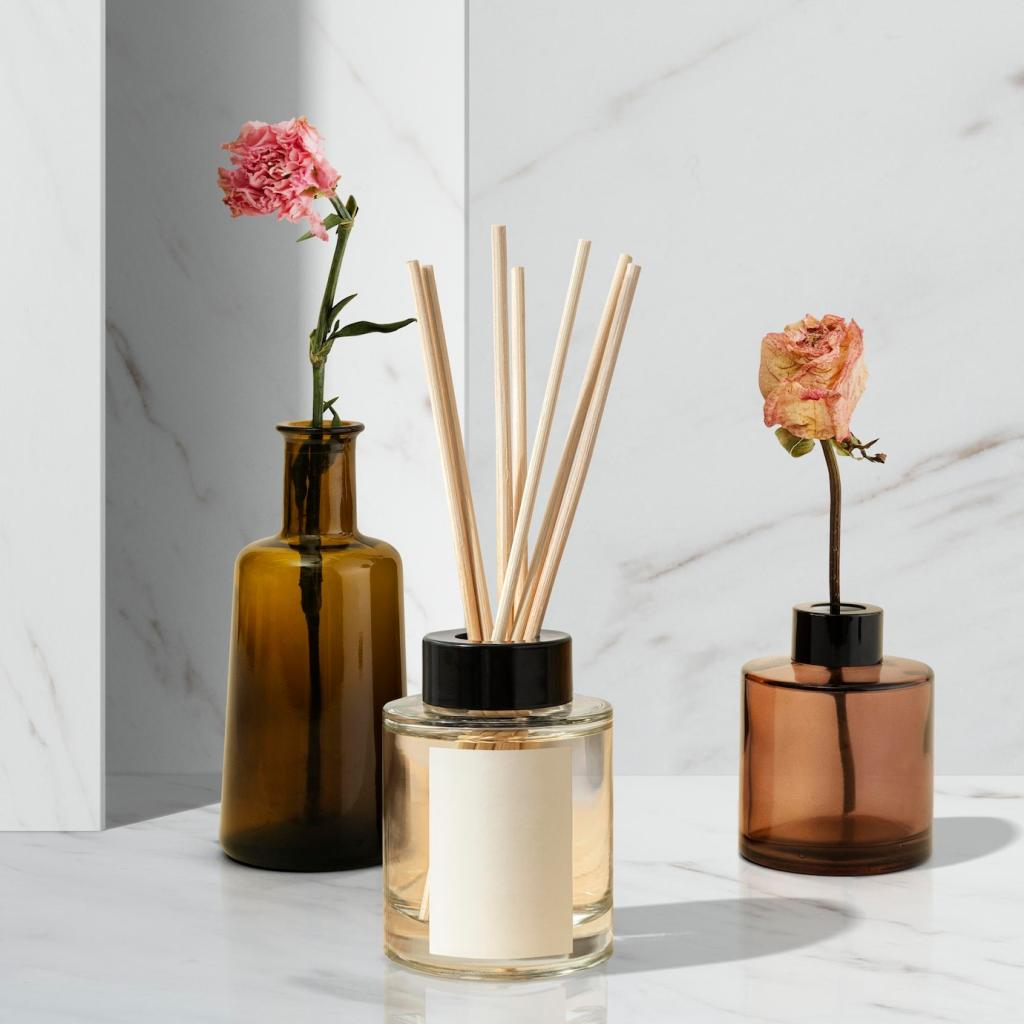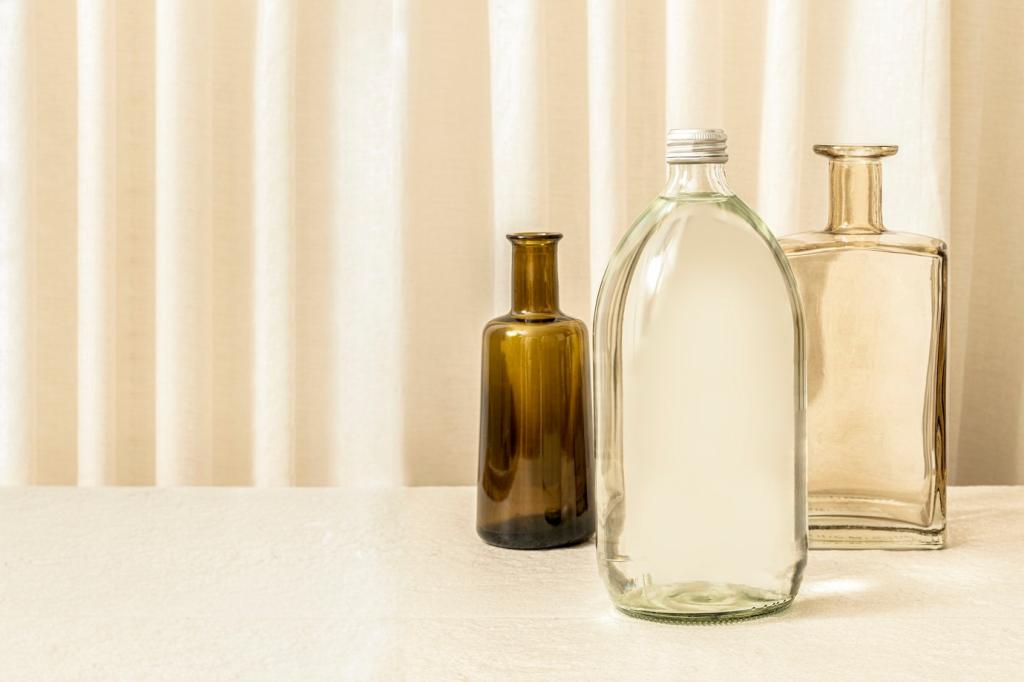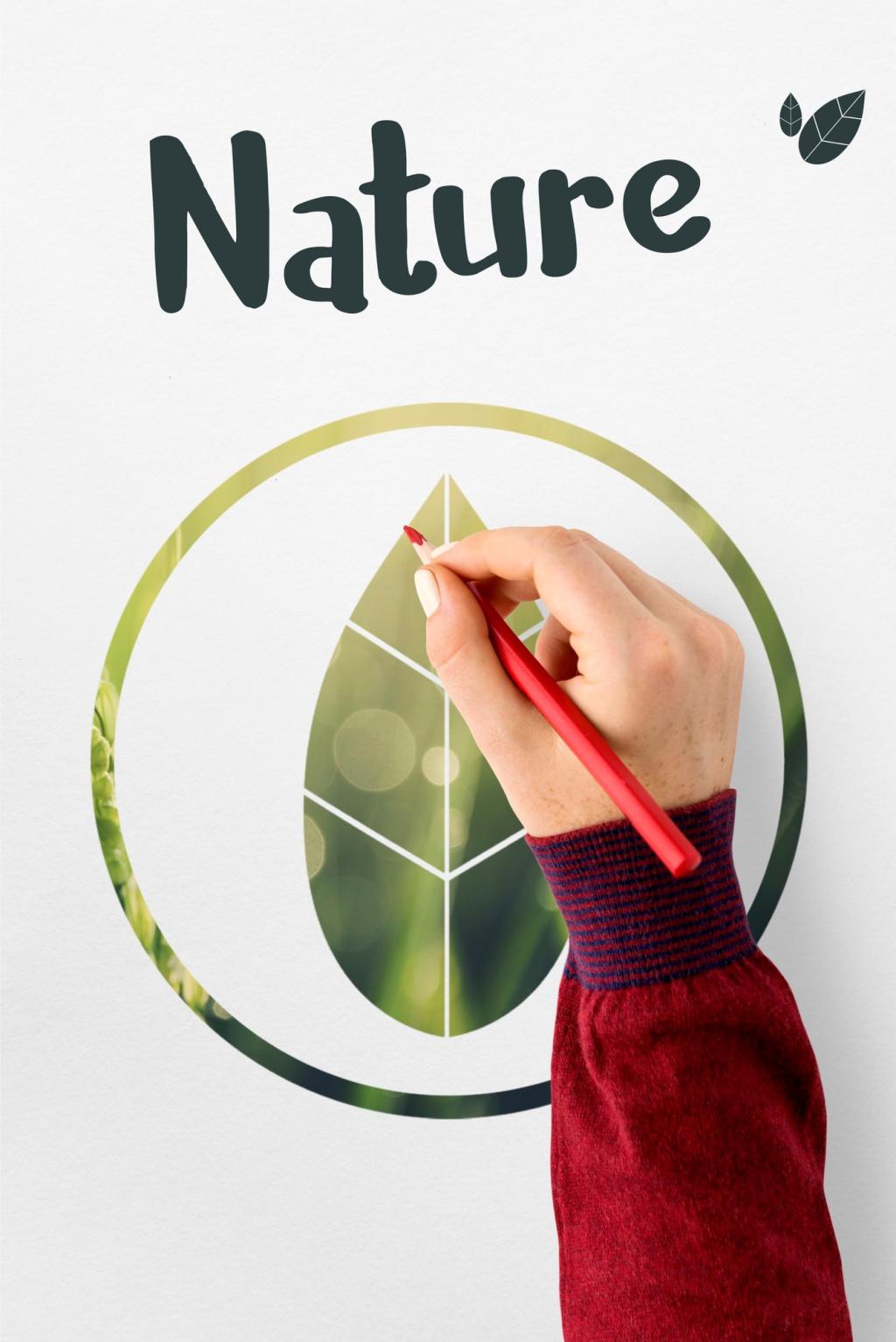This website uses cookies so that we can provide you with the best user experience possible. Cookie information is stored in your browser and performs functions such as recognising you when you return to our website and helping our team to understand which sections of the website you find most interesting and useful.

Eco-Friendly Interior Design Trends
Eco-friendly interior design is more than just a buzzword—it’s a thriving movement transforming the way we live, work, and interact with our environments. Driven by a global desire to reduce environmental impact, conserve resources, and improve well-being, sustainable interiors now blend style and conscience seamlessly. Modern designers are adopting materials and practices that minimize ecological footprints without compromising on aesthetics. From renewable resources to innovative repurposing, the current trends focus on reducing waste, saving energy, and creating healthier indoor air quality. This evolution in design not only protects our planet but also cultivates interiors that feel authentic, calming, and bespoke to those who inhabit them.
Biophilic Design Integration

Living Walls and Vertical Gardens

Maximizing Natural Light


